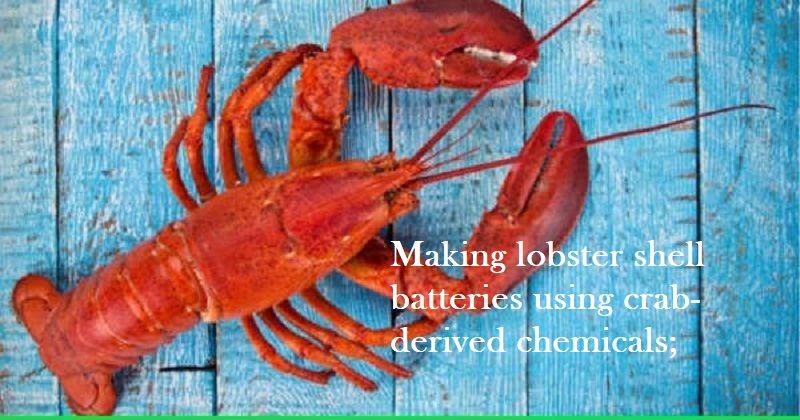
Researchers at the American University of Maryland have discovered a special chemical found in crustaceans such as crabs and lobsters that can be used to create long-lasting batteries for energy storage. According to a Newsweek report, they used chitin, a substance that is a significant component of crabs’ structural framework, to make the batteries.
The journal Matter published a paper titled ‘A sustainable chitosan-zinc electrolyte for high-rate zinc-metal batteries’ on Thursday. The project was led by Professor Liangbing Hu of the University of Maryland. According to The Guardian, ‘we think both biodegradability of material, or environmental impact, and battery performance are important for a product that has the potential to be commercialised’.
As the world moves toward the deployment of green energy solutions and electric vehicles, the batteries used in such technologies must also be environmentally friendly, according to the report. Traditional batteries made of lithium-ion and other materials can degrade over hundreds or even thousands of years. These substances are frequently flammable and corrosive. Consumer electronics batteries can cause fires on planes, in landfills, and at recycling centres.
Crustaceans’ exoskeletons, such as crabs, shrimp, and lobsters, contain chitin, a type of carbohydrate that gives their shells a tough, robust surface. This beneficial ingredient, which can be found in fungi, insects, and other food industry byproducts, is widely distributed in nature and is frequently found in restaurant food waste and other byproducts. After researching a variety of chitin applications, scientists are now focusing on electrical engineering. Anti-inflammatory medications and wound dressing are two examples of biomedical engineering applications.

Post Your Comments